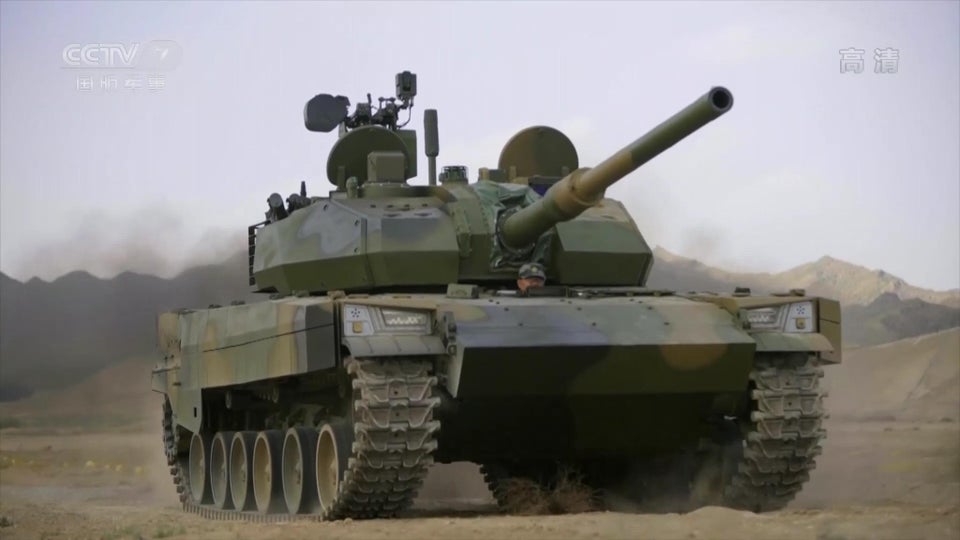
ZTQ-15 Light Battle Tank
China’s People Liberation Army (PLA) has begun a major military exercise in the high-altitude border areas of Tibet, deploying latest weapons including a new lightweight tank and anti-aircraft missiles to check combat readiness of its troops and the efficiency of its weaponry, state media reported.
The PLA’s Tibet military command has “…deployed helicopters, armoured vehicles, heavy artillery and anti-aircraft missiles across the region from Lhasa, capital of Tibet, with an elevation of 3,700 meters to border defence front lines with elevations of more than 4,000 meters, said China Central Television (CCTV).
Most of the disputed boundary between India and China falls in the Tibet Autonomous Region (TAR), whose international borders include Nepal and Bhutan.
New HQ-17 Air Defence System
For China, it is the first major military exercise this year and was unveiled as President Xi Jinping, the head of the country’s military, told the PLA’s top officers that armed forces must strengthen their sense of urgency and do everything they can to prepare for battle.
The PLA, according to the national broadcaster China Central Television (CCTV), for the first time, deployed two new weapons: the Type 15 lightweight tank and the 155-millimetre vehicle-mounted howitzer, both designed to operate at high altitude plateaus and for border defence.
“The weapons were specifically designed with advantages for plateau regions and can play important roles in safeguarding border areas,” military experts told CCTV.
Both weapons were first revealed to the public at the National Day military parade on October 1, 2019 in Beijing.
“Their deployment in the Tibet Military Command will enhance PLA combat capability in plateau regions. Both weapons feature powerful engines, enabling them to manoeuvre efficiently in Tibet’s terrains,” a military expert who asked not to be named told the nationalistic tabloid, Global Times.
The Type 15 tank is the world’s only modern lightweight tank in service, Chinese military magazine Weapon had earlier reported, noting it is equipped with a 105-millimetre gun and advanced sensors that can “devastate enemy light armoured vehicles in regions not suitable for heavy main battle tank deployment”.
On the new howitzer, this is what the military-today website had to say: “This artillery system is highly mobile and can self-deploy over long distances. It can be airlifted by most medium transport aircraft. It is light enough to be airlifted by a Y-9 or similar military transport aircraft, making it a more flexible option for a China’s growing rapid reaction units”.
Last August, China had announced it had for the first time tested new weapons including “battlefield robots” and frontline tanks on a “snow-covered plateau” to be battle-ready for plateau warfare.
Those drills were conducted at altitudes of nearly 14000 feet and lasted several days.
In 2017 – between June and August — India and China were locked in a 73-day Himalayan military standoff near the Sikkim border in Doklam (Donglang in Chinese.)
It was eventually resolved through negotiations.
The India-China Line of Actual Control (LAC) covered 3,488 kilometers including the border along Arunachal Pradesh and Sikkim.
Beijing claims Arunachal Pradesh as part of south Tibet.







